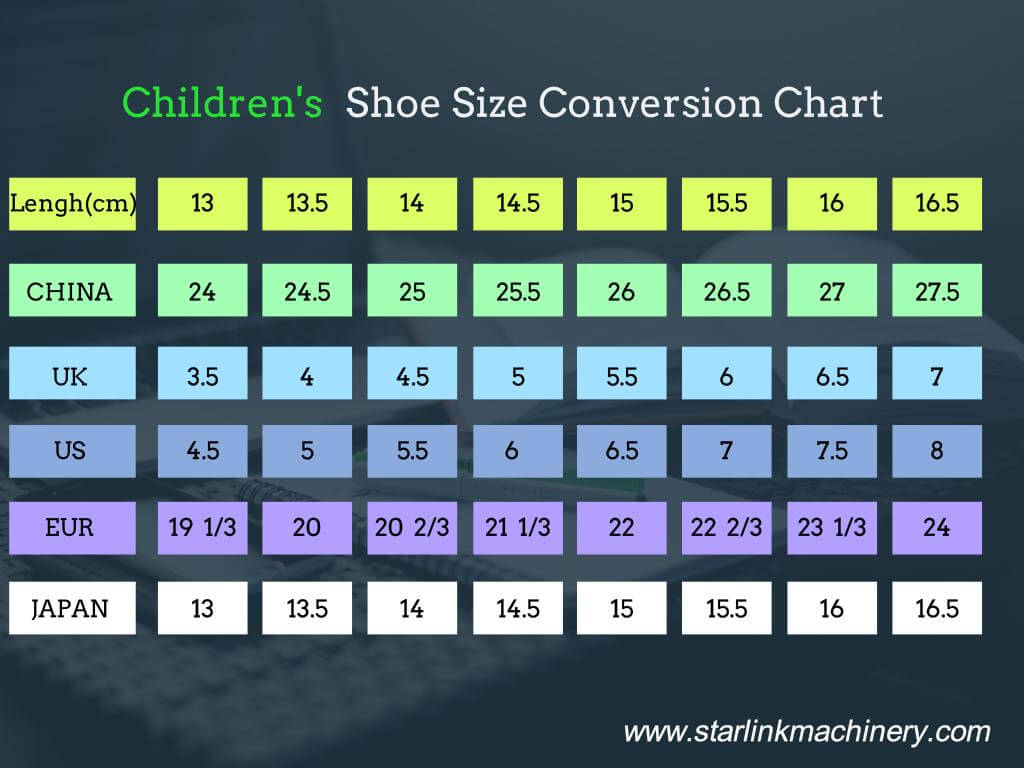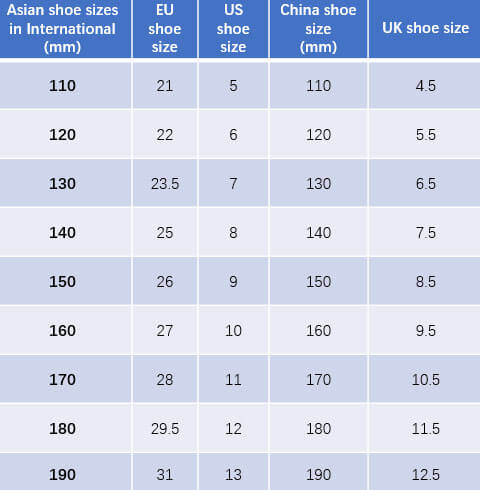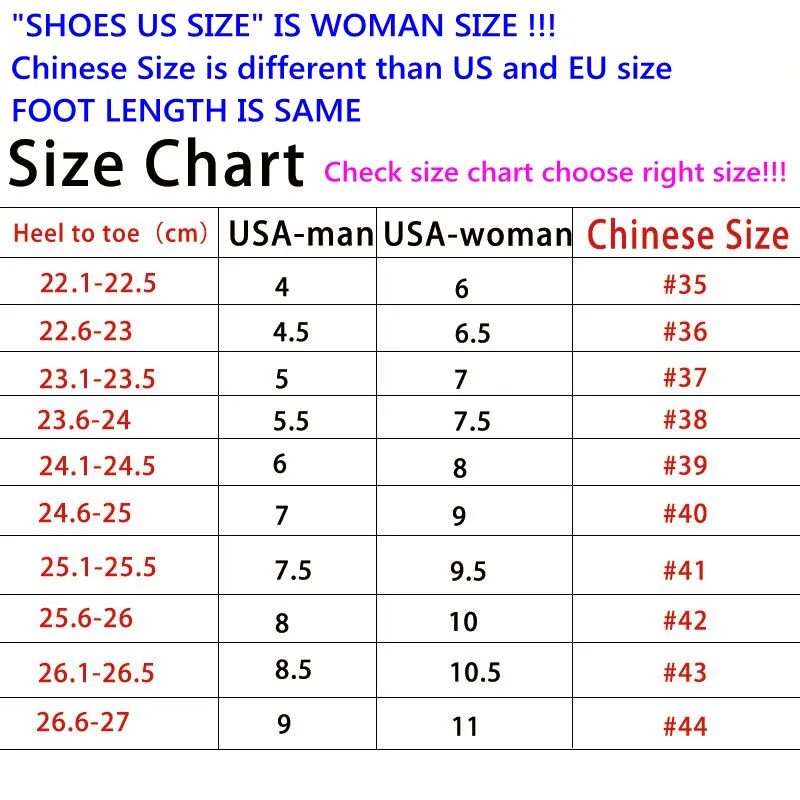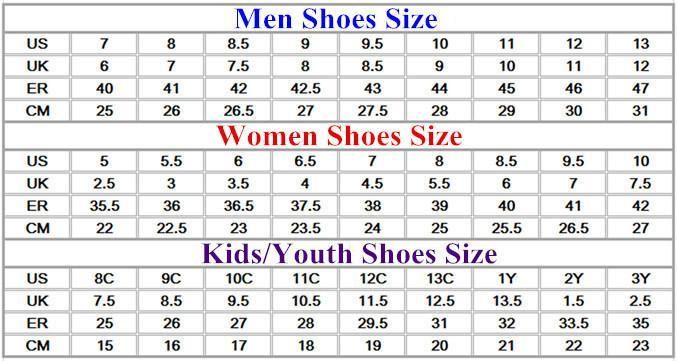When it comes to footwear, the sizing systems can be quite perplexing, particularly when comparing sizes from different regions. In this article, we will dive deep into the conversion from China shoe sizes to US sizes, ensuring that the next time you’re shopping for shoes internationally, you’ll be well-informed.
In recent years, with the rise of e-commerce, many U.S. consumers have found themselves buying footwear from Chinese brands. But without a clear understanding of sizing differences, you might end up with shoes that don’t fit. In this detailed guide, we’ll explore everything you need to know about converting China shoe sizes to US sizes, share real-world experiences, provide tips, and answer frequently asked questions.
Table of Contents
- Understanding Shoe Size Conversions
- China Shoe Sizing Explained
- How to Convert China Size to US Shoe Sizes
- Real-World Footwear Experiences
- China vs. US Shoe Size Comparison Table
- Tips for Finding the Right Fit
- Product Highlights: Popular Chinese Shoe Brands
- Pros and Cons of Buying Shoes from China
- Frequently Asked Questions
- Conclusion
Understanding Shoe Size Conversions
Shoe sizes are typically measured in two primary systems: the U.S. and the metric system used in many other countries, including China. Understanding the differences between these systems is essential for anyone looking to purchase shoes internationally.

The Importance of Accurate Sizing
Not only can the wrong size lead to discomfort, but it can also result in health issues, such as blisters, calluses, or even long-term foot problems. Therefore, knowing how to accurately convert shoe sizes is crucial whether you’re a fashionista looking for the latest styles or a professional needing comfortable footwear for long hours at work.

China Shoe Sizing Explained
Chinese shoe sizes are typically determined based on centimeters and can be quite distinct from U.S. sizes. Here are some essential points to remember:

- Measurement System: Most Chinese brands use the metric system, often corresponding the shoe size to the length of the foot in centimeters.
- Lack of Standardization: Unlike the US system, which has a relatively consistent sizing scale, Chinese sizes can vary from one brand to another.
General Size Range

While sizing may vary, here’s a general breakdown of the Chinese shoe sizes compared to the U.S. sizes:
- China Size 36 = US Size 5.5
- China Size 37 = US Size 6
- China Size 38 = US Size 7
- China Size 39 = US Size 8
- China Size 40 = US Size 9
- China Size 41 = US Size 10

How to Convert China Size to US Shoe Sizes
Step-by-Step Conversion Guide

- Measure Your Foot: Use a ruler to measure the length of your foot in centimeters. Stand with your heel against a wall and measure to the tip of your longest toe.
- Refer to Size Charts: Use a size conversion chart (see China vs. US Shoe Size Comparison Table section) to find your US size based on your measurement in centimeters.
- Consider Width: It’s also essential to consider the width of your foot, as some brands offer different width options. While U.S. sizing may include width indications (like D for standard width), Chinese sizes generally do not.
Tools and Resources for Conversion

- Shoe Size Conversion Apps: Many smartphone apps can assist with size conversions in real-time.
- Online Size Charts: Websites often provide comprehensive size charts that allow you to cross-reference sizes.
Real-World Footwear Experiences

Case Study: Sarah’s Shoe Shopping Experience
Sarah, a fashion blogger from California, recently decided to expand her wardrobe by purchasing shoes from a popular Chinese online retailer. Despite being a size 8 in the U.S., she faced challenges when selecting her size in China.
Her Experience:
- Initial Confusion: Sarah first encountered confusion when she saw the size chart. The shoes she wanted were listed in centimeters, which made it challenging since she was used to U.S. sizes.
- Measurement and Conversion: After measuring her foot and referring to a conversion chart, she determined she needed a size 39.
- Final Outcome: The shoes arrived a week later, and they fit perfectly. Sarah appreciated the quality of the shoes but noted that it required careful conversion to find the correct size.
Importance of Feedback
Sarah’s story emphasizes the significance of taking accurate measurements and being aware of potential sizing discrepancies. Furthermore, customer reviews can provide insights into whether a specific brand runs small or large.
China vs. US Shoe Size Comparison Table
Here’s an easy-to-understand table comparing China sizes to U.S. sizes:
| China Size | US Size (Women) | US Size (Men) | Foot Length (cm) |
|---|---|---|---|
| 35 | 5 | 3 | 22.0 |
| 36 | 5.5 | 4 | 22.5 |
| 37 | 6 | 5 | 23.0 |
| 38 | 7 | 6 | 23.5 |
| 39 | 8 | 7 | 24.0 |
| 40 | 9 | 8 | 24.5 |
| 41 | 10 | 9 | 25.0 |
| 42 | 11 | 10 | 25.5 |
| 43 | 12 | 11 | 26.0 |
Tips for Finding the Right Fit
- Measure Twice: Always measure your foot length and width before selecting a shoe size.
- Read Reviews: Check customer feedback on sizing to see if others found them true to size or if they ran small/large.
- Consider the Brand: Different brands may have unique sizing, so refer to their specific size guides when shopping.
- Check Return Policies: If you are unsure about a size, ensure the retailer has a reasonable return policy to exchange them if they don’t fit.
- Try Before You Buy: If possible, visit a local store that carries the brand to try on the shoes before purchasing online.
Product Highlights: Popular Chinese Shoe Brands
1. Li-Ning
Known for its athletic footwear, Li-Ning has gained a reputation for producing quality shoes that cater to both casual and performance needs.
- Pros: High-quality materials, trendy designs, and good for sports.
- Cons: May be more expensive than other local brands.
2. ANTA
Another popular sports brand, ANTA offers a range of athletic shoes suitable for various sports activities.
- Pros: Comfortable cushioning, durable design.
- Cons: Sizing can vary between models.
3. Xtep
Famous for stylish running shoes, Xtep combines fashion with functionality.
- Pros: Trendy designs, lightweight.
- Cons: Sizing may not be consistent; read reviews before purchasing.
Pros and Cons of Buying Shoes from China
Pros
- Affordability: Often cheaper than similar-quality shoes available in the U.S.
- Unique Styles: Access to trendy and unique footwear that may not be available domestically.
- Variety: A wide range of options from various brands.
Cons
- Sizing Issues: Difficulty in accurately converting sizes can lead to a poor fit.
- Quality Concerns: Not all brands maintain high-quality standards, so research is essential.
- Shipping Times: International shipping may lead to longer wait times for delivery.
Frequently Asked Questions
1. What is the best way to measure my foot for shoe size?
To measure, stand on a piece of paper, mark the longest point of your foot, and measure from the heel to the mark. Check against a conversion chart for your size.
2. Do Chinese shoe sizes run smaller than U.S. sizes?
Generally, they may run smaller, so it’s advisable to measure your foot and consult size charts before making a purchase.
3. How do I choose the right size if I am between two sizes?
If you’re between sizes, it’s often recommended to go with the larger size for more comfort.
4. Can I trust size conversion charts?
While conversion charts are helpful, they can vary between brands, so use them as a guideline rather than an absolute.
5. Are there specific brands that run large or small?
Yes, reading customer reviews can provide insights into sizing for specific brands, helping you choose the right fit.
6. How long does shipping take for shoes from China to the U.S.?
Shipping times can vary greatly but typically range from 2-4 weeks, depending on the service chosen.
7. Are there customs fees when ordering shoes from China?
Yes, depending on the value of your purchase, you may incur customs fees when importing shoes from China.
8. What should I do if the shoes don’t fit?
Check the return policy of the retailer; many offer exchanges or returns for incorrect sizes.
9. Is it safe to buy shoes online from China?
Yes, as long as you purchase from reputable retailers and check reviews beforehand.
10. What types of shoes can I buy from Chinese brands?
You can find a variety, including sports shoes, casual footwear, and formal shoes.
11. Are there any warranties for shoes bought from China?
Warranties vary by brand; check the specific terms when purchasing.
Conclusion
Understanding the conversion from China shoe sizes to U.S. sizes is essential for everyone, from fashion enthusiasts to professionals seeking the perfect fit for work or leisure. With careful measurement, consultation of size charts, and an awareness of the unique features of different brands, you can enjoy the best of what Chinese footwear has to offer.
As e-commerce continues to expand, having the right tools and knowledge will allow you to navigate international shoe shopping effectively and comfortably. Happy shopping!
References